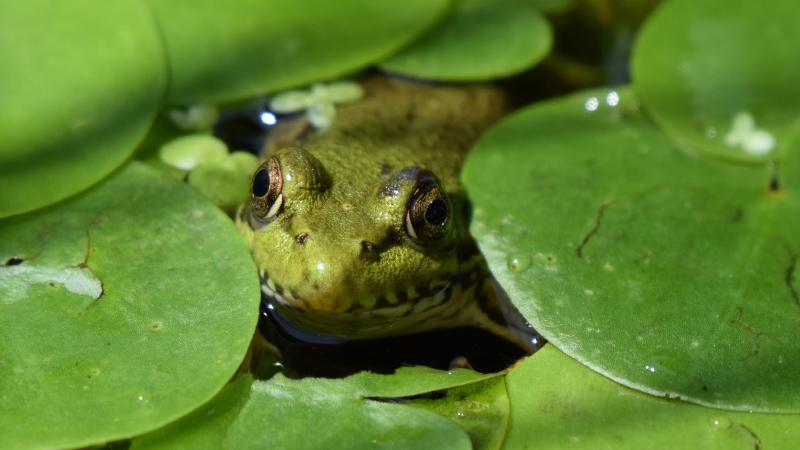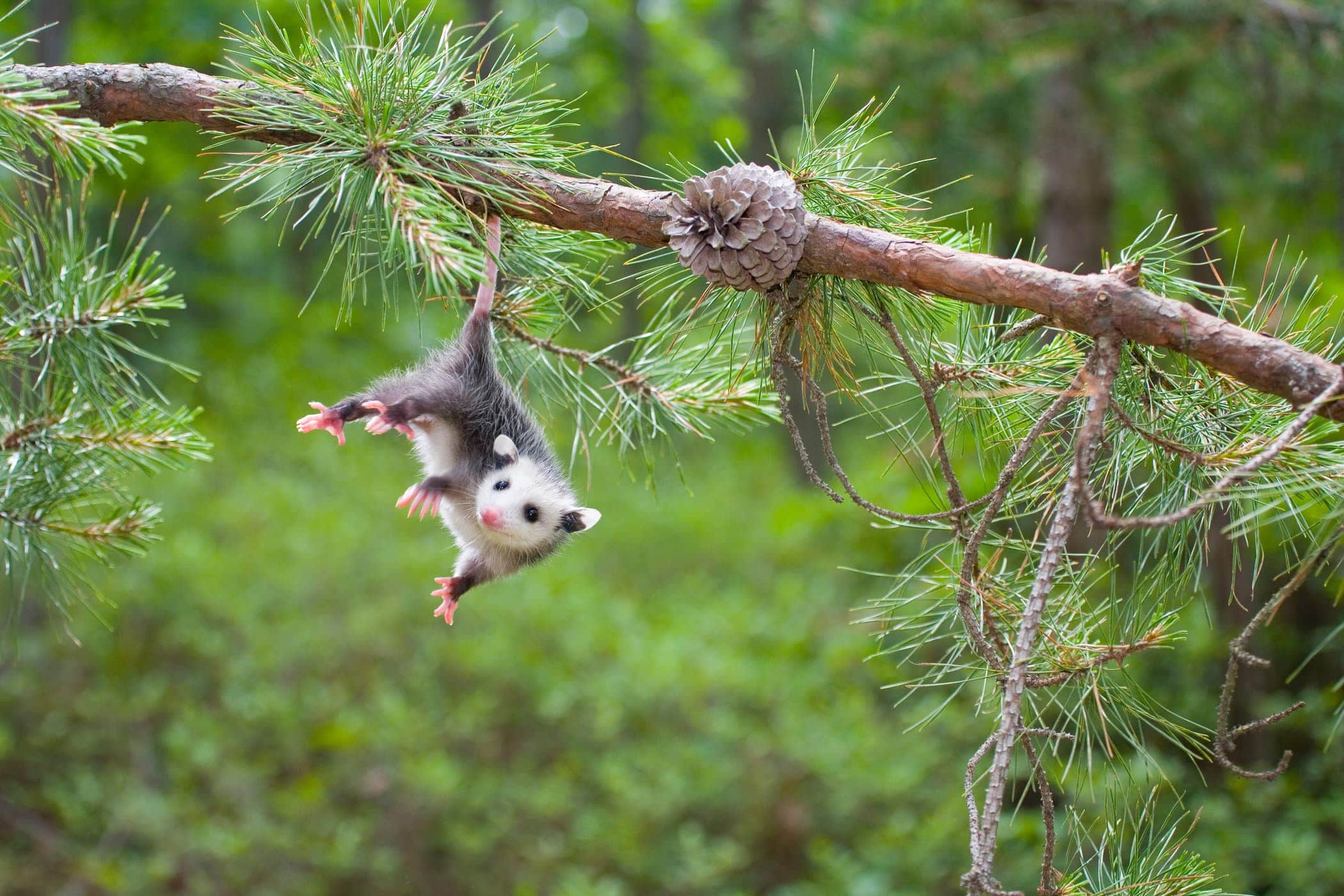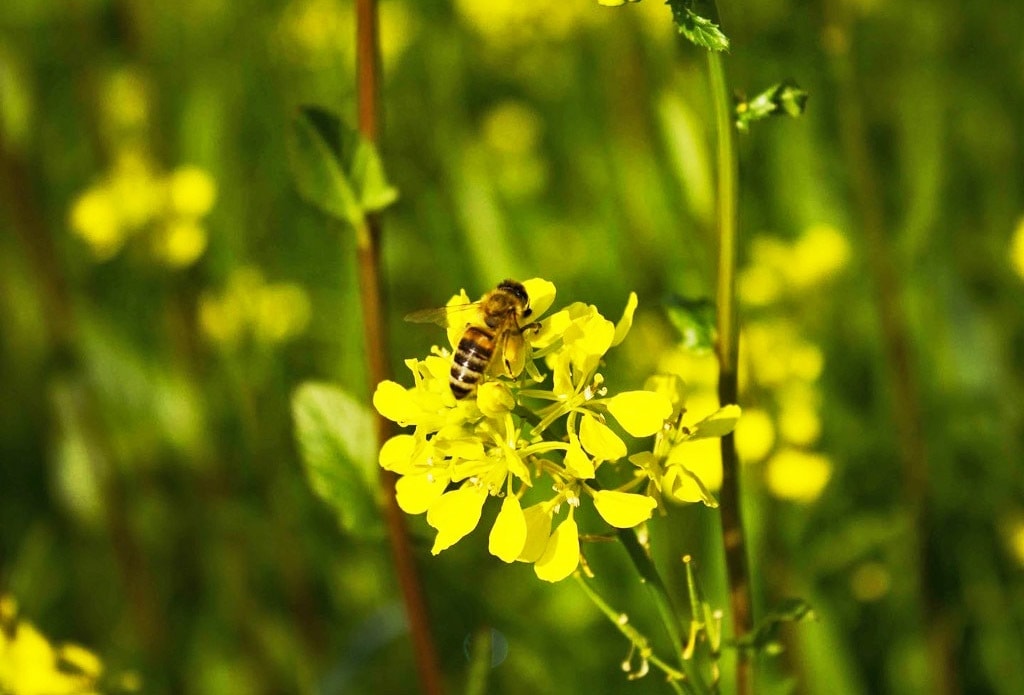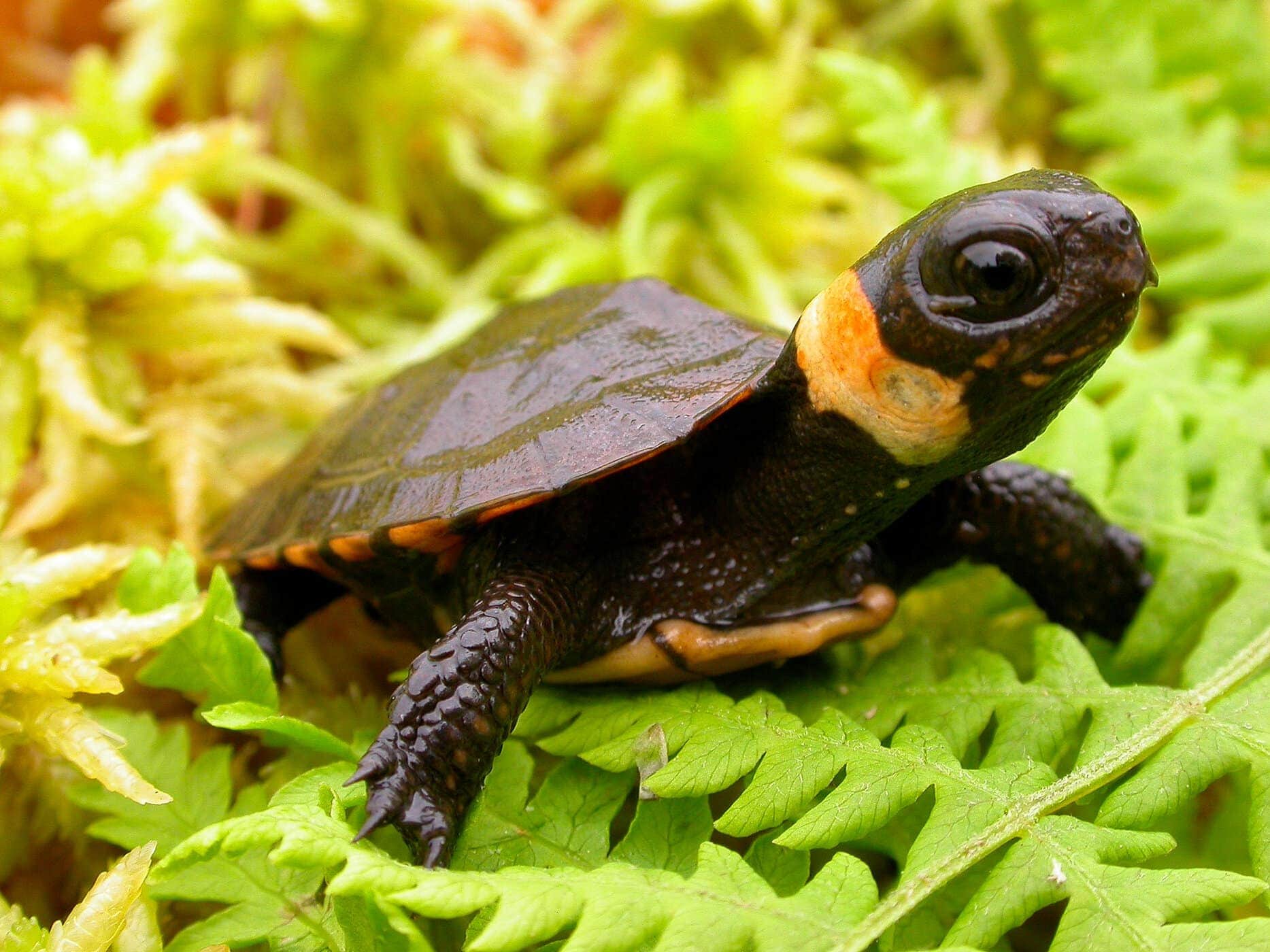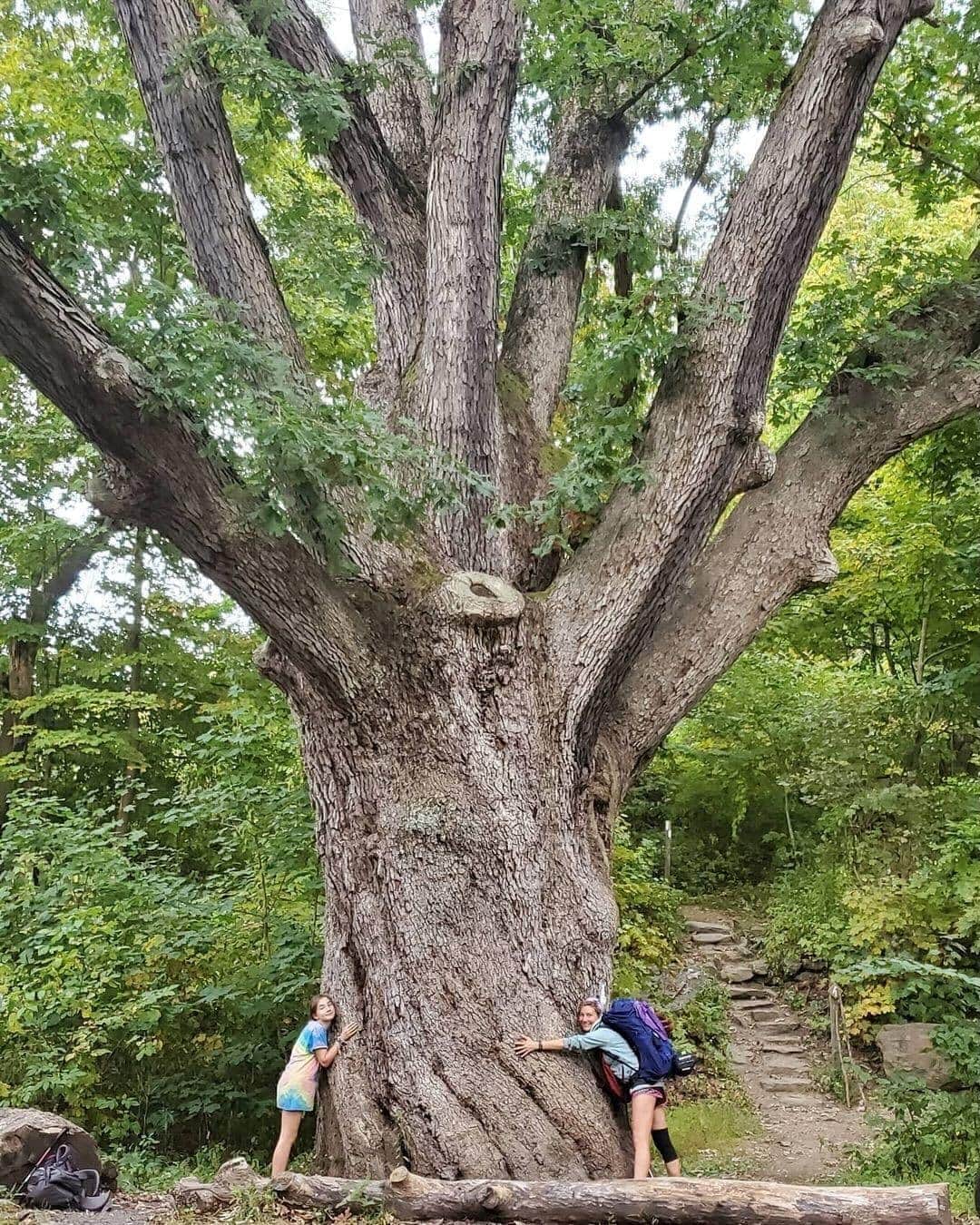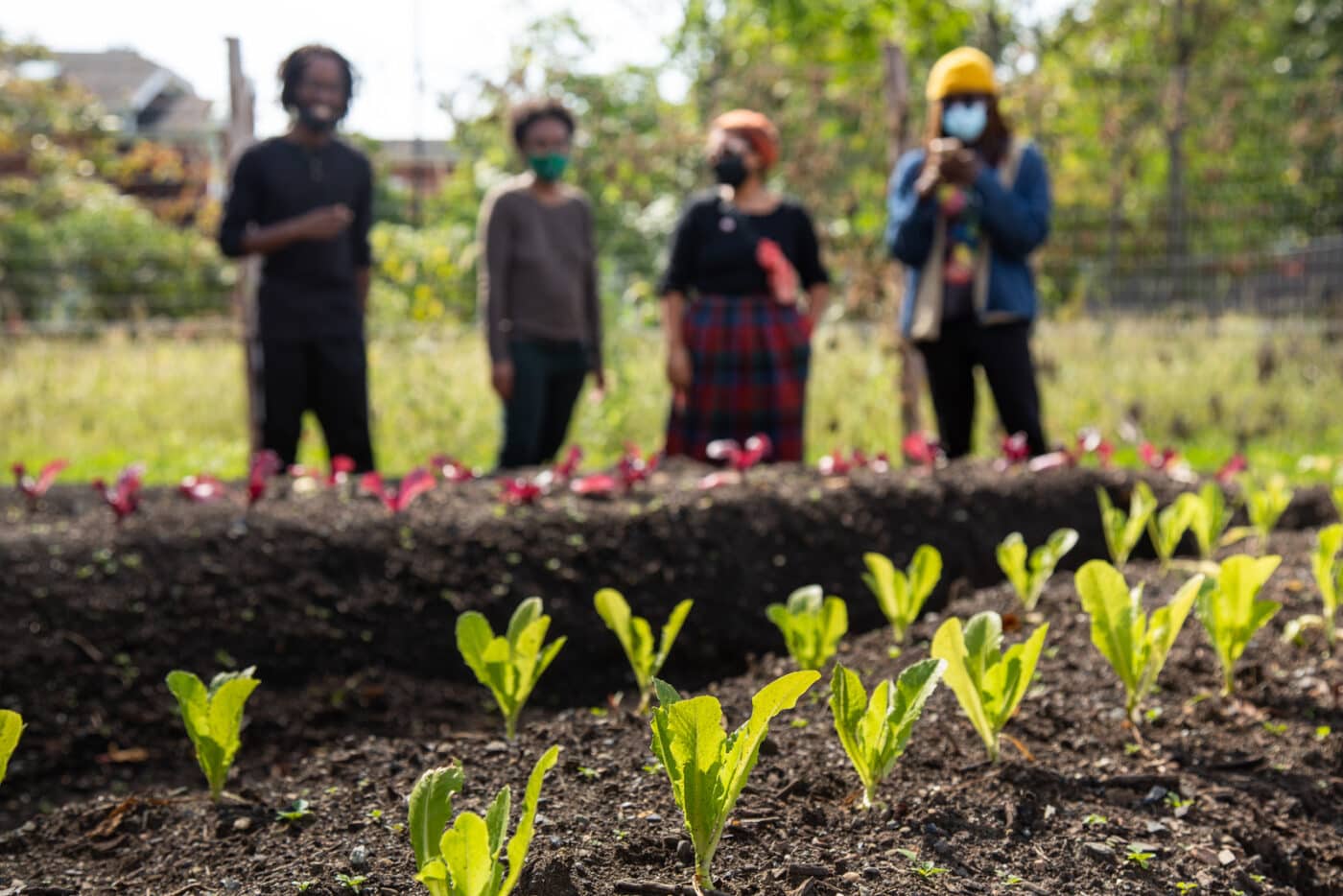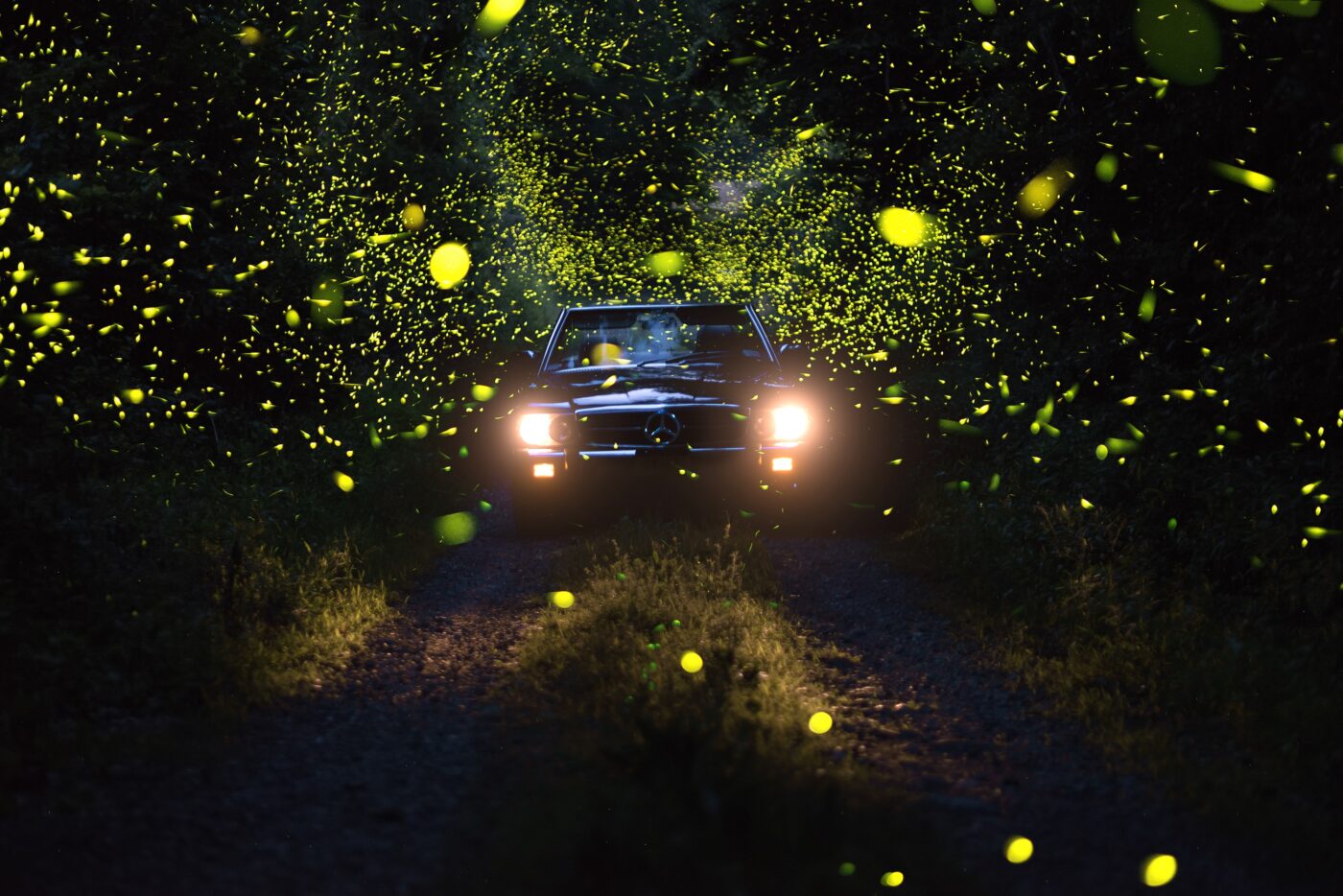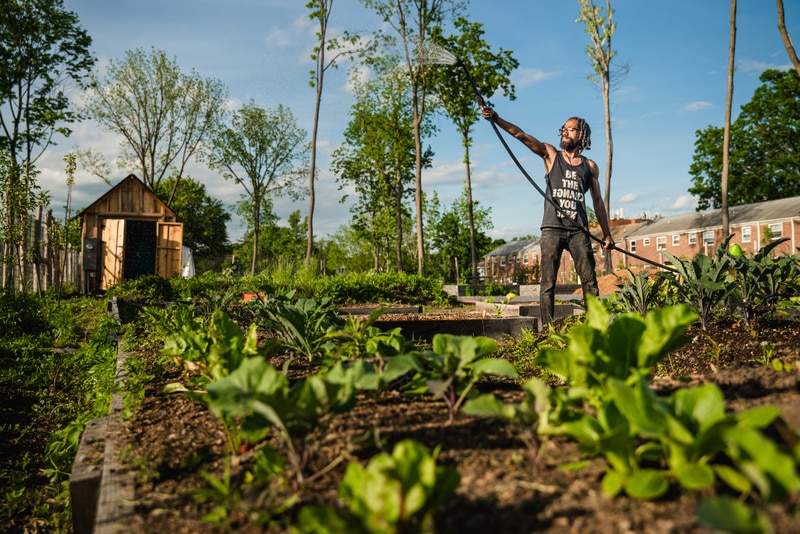If you think amphibians’ winter-survival strategy is impressive — species like spring peepers freeze solid, with no heartbeat for months, then thaw out within hours — you’ll be amazed by the moves they make as temperatures warm.
On a wet-enough night, after a few others hovering around 40 degrees, thousands of frogs and salamanders get the same physiological signal: It’s time to migrate. They seek out vernal pools, temporary woodland habitat that forms in spring, and spend several weeks mating there.
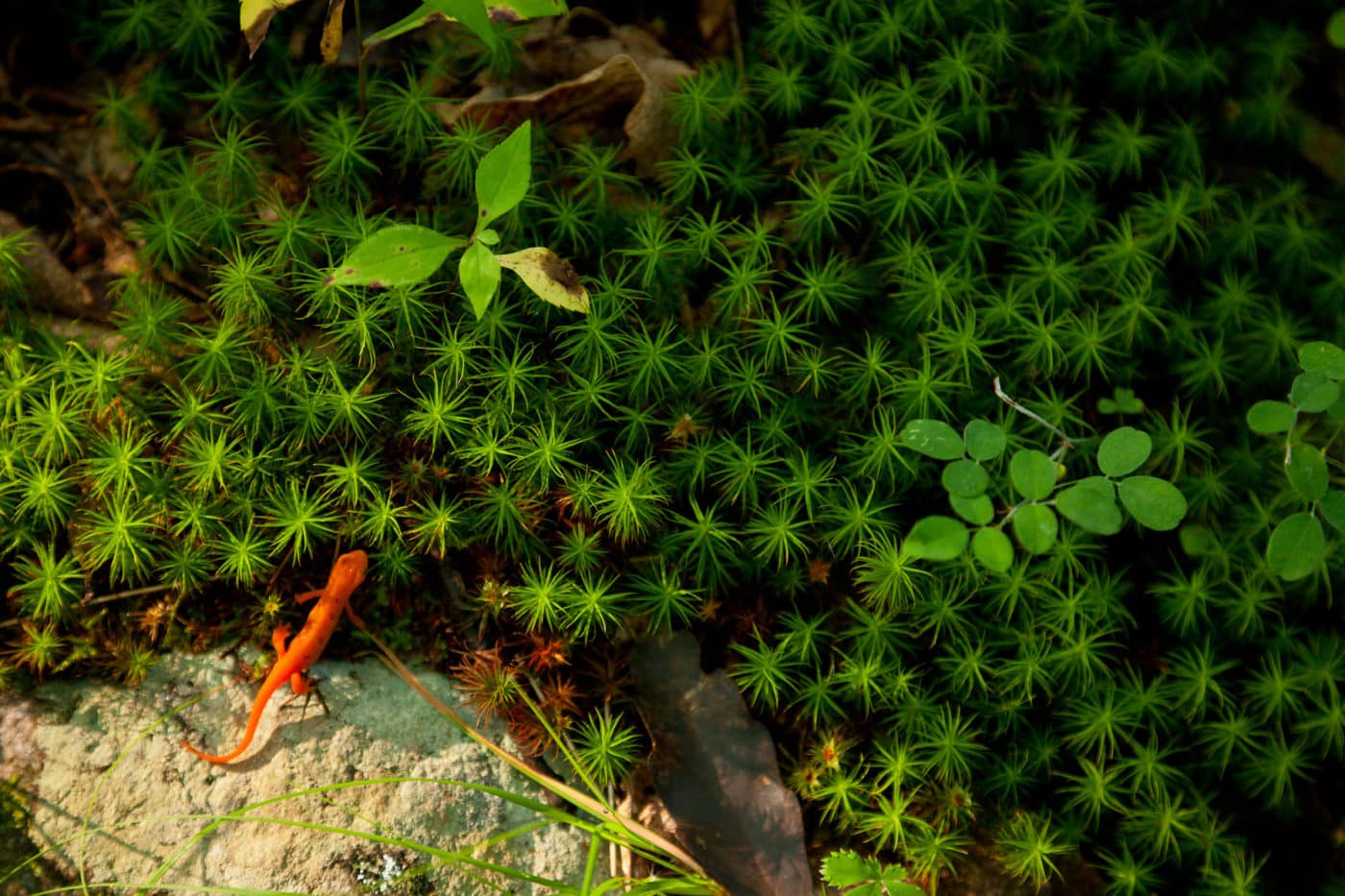
It’s often called “Big Night” (although the migration can also spread over multiple “small” and “medium” nights). And in the Hudson Valley, it can mean that forest amphibians have to make treacherous road crossings.
That’s where volunteers come in. New York State’s Department of Environmental Conservation coordinates the Amphibian Migrations & Road Crossings project. Since it started in 2009, more than 550 volunteers have stepped up to help significant numbers of amphibians survive. More than 17,000 amphibians representing 20 different species have been assisted to date, according to Laura Heady, Conservation and Land Use Program manager for the DEC’s Hudson River Estuary Program.
A number of local organizations coordinate loose bands of volunteers. Among them is Nicole Wooten, director of Natural Resources for the Hudson Highlands Land Trust. She’s been volunteering for Big Night for the past three years. With a happy laugh, she calls it “an explosive event.”
Each year, Wooten has stayed out in the dark and drizzle for hours, listening to the spring peepers trill and joking with her fellow volunteers (some of whom scoop up amphibians with spatulas, others who, like her, use clean, wet hands). “It’s the most frogs I’ve ever seen in my life,” she says. “It’s addictive.”
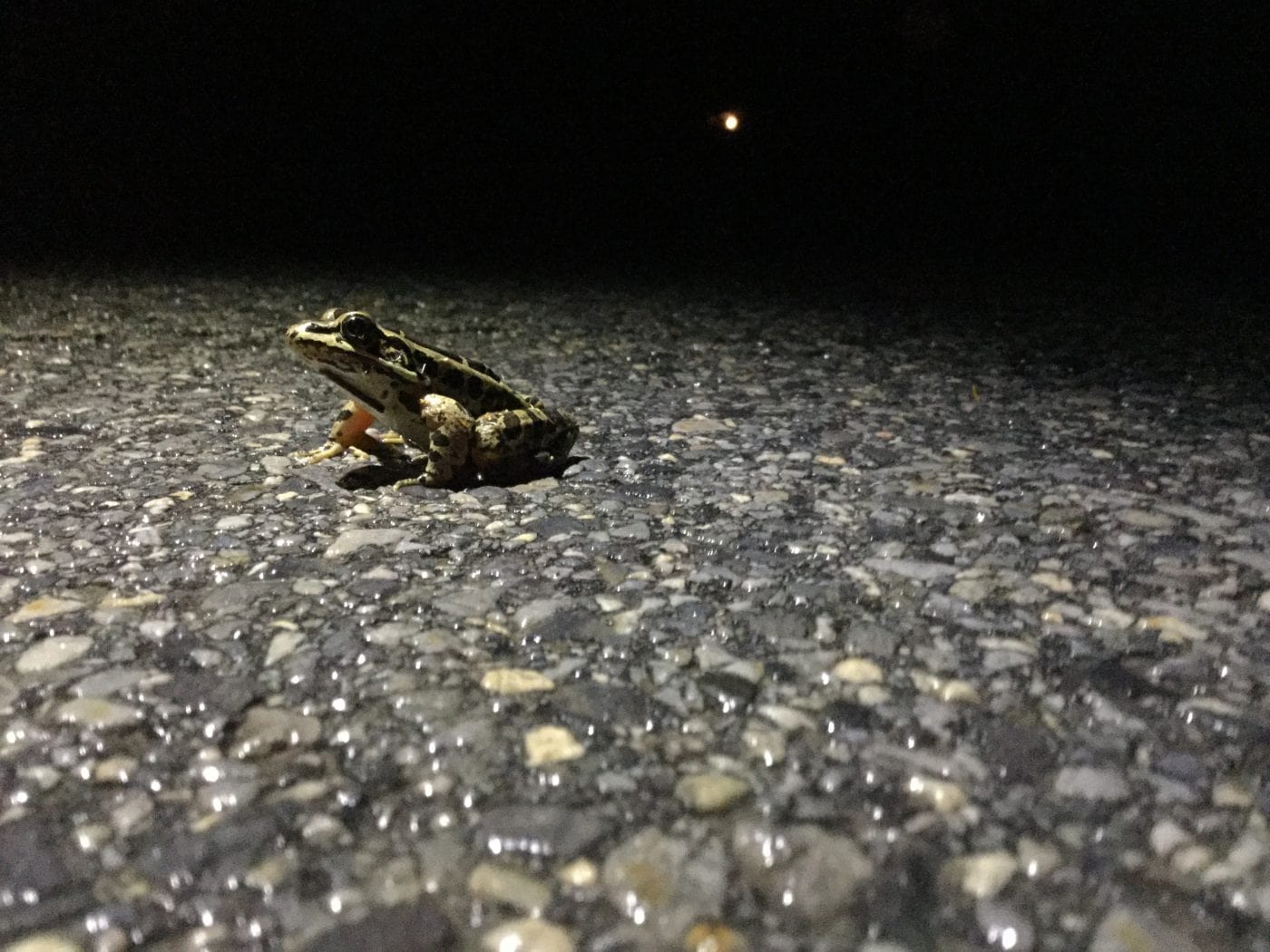
And she has a feeling of making an impact. For some key species — like the beautiful spotted salamander, native to the Northeast — life spans can range up to 30 years. “These aren’t like insects that are there for a season and gone,” Wooten says. “They’re not fast at reproduction, so a few volunteers in a key place can mean the difference between decimation and surviving for another year.”
Predicting when the first Big Night will fall is tough. Last year, the first officially arrived on Feb. 26, according to the DEC. Wooten and her group saw amphibians on the move near Cold Spring and mobilized to help on a later night, March 10. In 2020, New York recorded its 15th warmest February and 11th warmest March in the National Oceanic and Atmospheric Administration’s 126 years of collecting data.
Last year’s Big Night came comparatively early, and this year experts project mid-March given the snowpack and cold in the Hudson Valley this winter — but they’re also braced for surprises, especially given climate change. “Climate change is making it harder for us to predict, and harder for the amphibians to predict,” says Scenic Hudson Conservation Scientist Alex Wolf. “There are more years of dribs and drabs.”
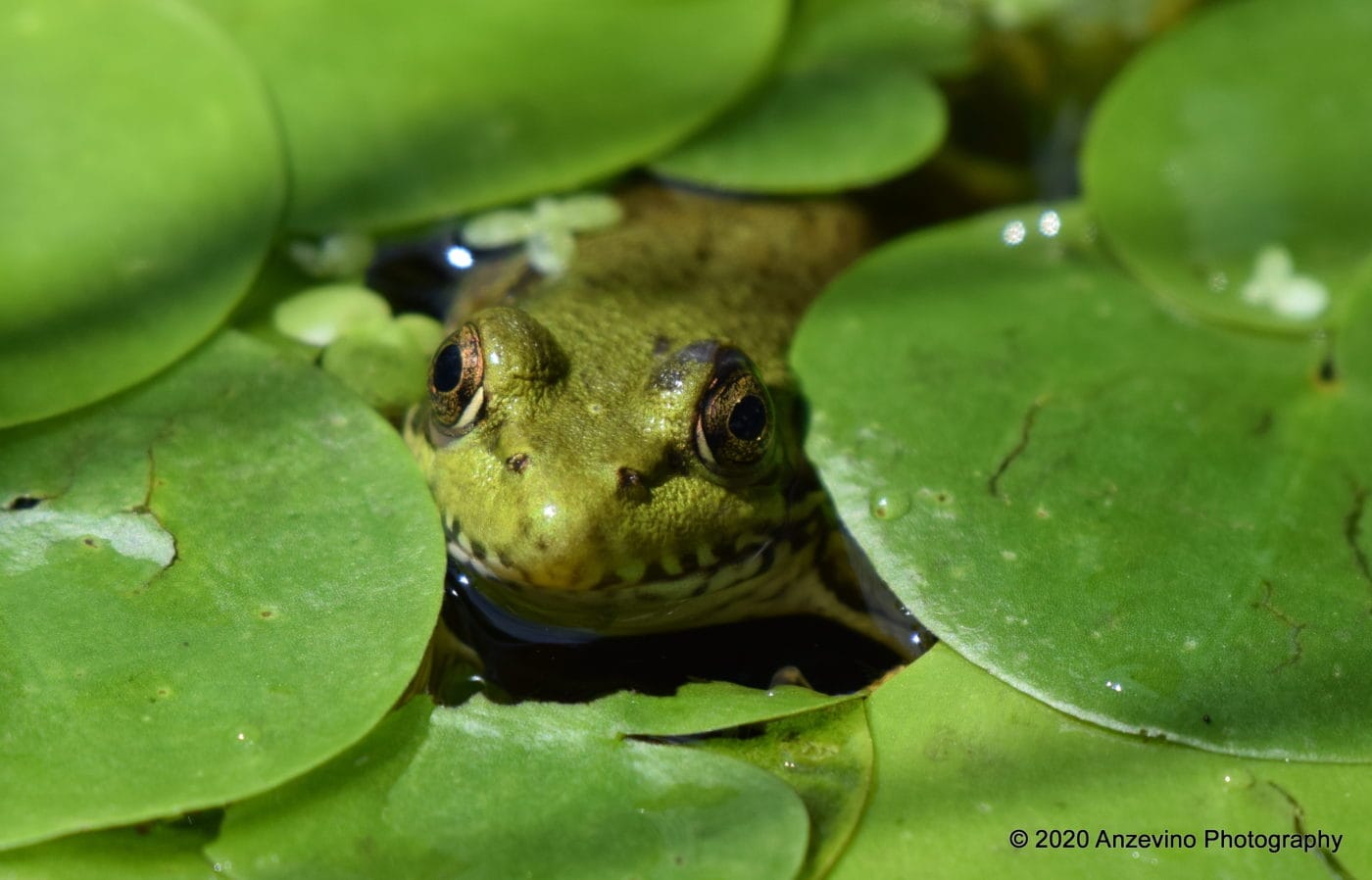
The data that volunteers collect helps develop a record of how these patterns are changing over time. “This is the start of a mega community-science collection process,” Wooten says. “[Researchers] get more data about where important vernal pools are through the project.”
If you’re interested in supporting amphibian migration, the simplest way to help is to stay aware of when migrations are happening, and avoid driving as much as possible on those nights, Smith says.
Interested in hands-on volunteering on a Big Night? Community scientists help from locations as far south as Westchester up to Albany and Rensselaer counties. They’re advised to wear reflective clothing, go out with others and stay off highways. Go through volunteer training, as well as sign up for email alerts on migrations, through the DEC. And watch a 5-minute video on the entire natural phenomenon below.


